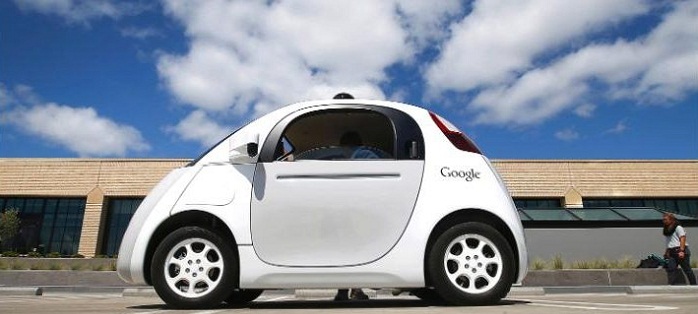Google computer becomes first non-human to qualify as car driver

The decision could be a significant step towards the legal recognition of driverless cars and their liability for any incidents; which is important for their eventual appearance on public roads.
Since cars were invented, they have required a human at the wheel, who qualifies as its driver.
But the NHTSA said in its letter: “NHTSA will interpret ‘driver’ in the context of Google’s described motor vehicle design as referring to the SDS [self-driving system], and not to any of the vehicle occupants. We agree with Google its SDV [self-driving vehicle] will not have a ‘driver’ in the traditional sense that vehicles have had drivers during the last more than one hundred years.”
“No human occupant of the SDV could meet the definition of ‘driver’… given Google’s described motor vehicle design, even if it were possible for a human occupant to determine the location of Google’s steering control system, and sit immediately behind it, that human occupant would not be capable of actually driving the vehicle as described by Google.
“If no human occupant of the vehicle can actually drive the vehicle, it is more reasonable to identify the ‘driver’ as whatever (as opposed to whoever) is doing the driving. In this instance, an item of motor vehicle equipment, the SDS, is actually driving the vehicle.”
However, it suggested that laws such as those requiring steering wheels and pedals would also need re-writing, or that Google could include these features as a back-up. Chris Urmson, the head of Google’s driverless car project, had written to the NHSTA for clarification on the issue.
Officially recognising Google’s software as the driver of the car will be important for issues such as liability and insurance. Google says it expects to bear the responsibility for any incidents that are the self-driving car’s fault.
Google’s driverless cars have racked up over 1.4 million miles of testing in California and Texas, and recently announced it would extend tests to Washington State. Its 55 cars are now driving 10,000 to 15,000 miles a week.
The company has previously said it would like its cars to be made available to the public around 2020, although it still faces several regulatory and technical challenges, such as driving in cities.















































